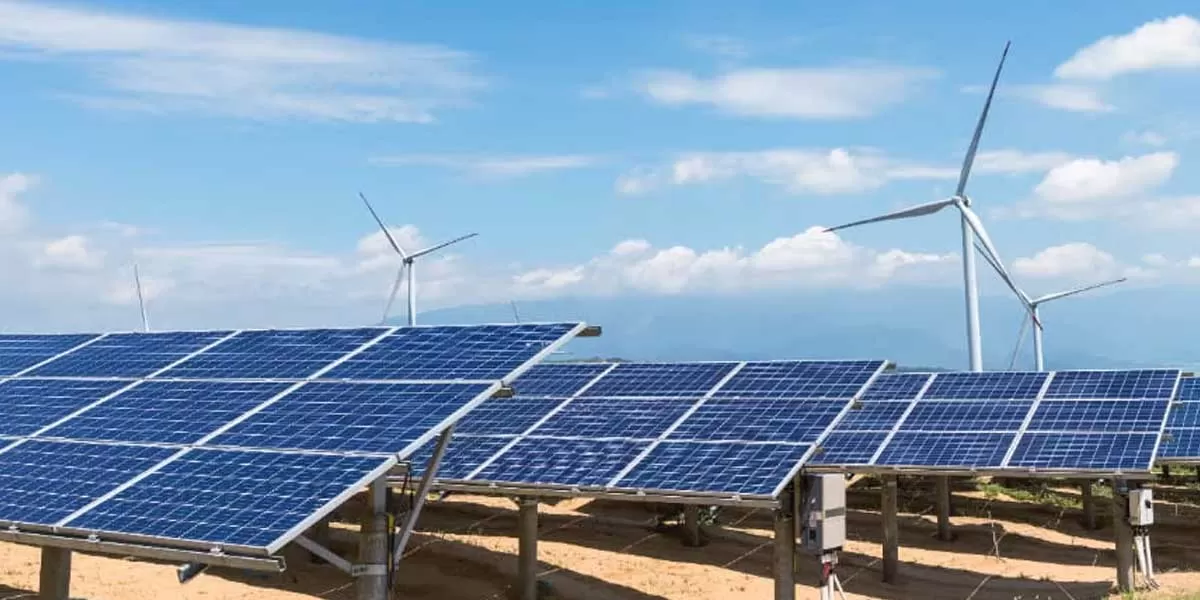Middle East’s Green Finance Surge: Real Shift or Market Hype?
18 Mar 2025
4 Min Read
CW Team
When Masdar, the UAE’s leading renewable energy company, launched its $750 million green bond in mid-2023, investor interest was overwhelming, oversubscribing nearly six times. A year earlier, Abu Dhabi National Energy Company (TAQA) saw similar enthusiasm for its $1 billion green bond, highlighting the strong demand for sustainability-linked financing even in the oil-rich Middle East.
Rapidly growing market
While green finance is still emerging in the region, it is gaining momentum. Green, social, sustainable, and sustainability-linked bond (GSSB) issuances in the Middle East and North Africa (MENA) hit a record $24 billion in 2023, a 155% surge, according to Bloomberg’s Capital Markets League Tables. The UAE and Saudi Arabia accounted for 77% of these issuances.
Historically, Middle Eastern energy financing prioritised fossil fuels, with banks and sovereign wealth funds channeling billions into oil and gas projects. However, evolving investor preferences, economic shifts, and policy changes are driving a shift toward green bonds.
Hedge against oil price volatility
Gulf nations are using green finance to reduce dependence on oil revenues. The UAE aims for net-zero emissions by 2050, while Saudi Arabia targets 2060, prompting a surge in renewable energy projects. The UAE’s COP28 presidency in 2023 further boosted this momentum, with corporate and government entities issuing nearly $8 billion in sustainable debt.
Notable green bond issuers in 2023 included:
• DP World’s $1.5 billion sukuk
• Sharjah government’s $1 billion bond
• TAQA, Emirates NBD, Masdar, Mubadala, Aldar, and Commercial Bank of Dubai
Islamic finance institutions, such as Dubai Islamic Bank and Abu Dhabi Islamic Bank, also joined the trend, issuing $750 million and $500 million green sukuk, respectively.
Saudi Arabia accounted for 32% of MENA’s green financing volume, marking a 69% year-on-year growth. The Public Investment Fund (PIF) raised $5.5 billion in February 2023, making it the region’s largest green bond issuer. Saudi National Bank, Saudi Electricity Company, and Al Rajhi Bank each issued over $1 billion in green debt.
Beyond the Gulf, Egypt raised $479 million through its Green Panda Bond, the region’s first issued in China for public transit projects. Jordan Kuwait Bank launched Jordan’s first green bond, backed by blended financing from the International Finance Corporation (IFC), signaling a wider shift in the region.
The rise of green sukuk
A key trend is the growing adoption of green sukuk, with Islamic finance issuances making up over 25% of total MENA green debt in 2023, reaching $6.5 billion. This represented more than half of global green sukuk sales, led by ADIB, DP World, First Abu Dhabi Bank, Majid Al Futtaim, and Aldar.
The integration of Islamic finance with sustainability offers Gulf economies a way to attract ethical investors while deepening their capital markets.
Financing mega renewable energy projects
As governments seek to balance budgets, they are turning to green bonds to finance large-scale renewable energy projects. Notable developments include:
• Dubai Electricity and Water Authority (DEWA) is inviting bids for the 1,600 MW seventh phase of the Mohammed bin Rashid Al Maktoum Solar Park, expandable to 2,000 MW, with battery energy storage of 1,000 MW for six hours.
• Saudi Arabia and Oman have announced similar large-scale projects requiring billions in funding.
• Saudi Arabia’s $8 billion NEOM green hydrogen plant recently secured financial closure, becoming the region’s largest green project financing deal.
Lasting shift or market opportunism?
According to S&P Global Ratings, MENA sustainable bond issuances totalled $16.7 billion in the first nine months of 2024. The trend is expanding, with:
• Sharjah issuing its second sustainable bond in February 2025
• Oman introducing a Sustainable Finance Framework
• Qatar preparing its first green bond
• Saudi Arabia unveiling a Green Financing Framework for sovereign issuance
While the rapid expansion of green finance is encouraging, concerns remain over liquidity, transparency, and pricing inconsistencies. Masdar’s CEO summed it up: “I’m not convinced that people are paying that greenium right now.”
The Middle East’s green finance boom is undeniable, but whether it represents a true transformation or a temporary market trend will depend on its long-term impact and credibility. Investors are watching closely.
(mercom)




















